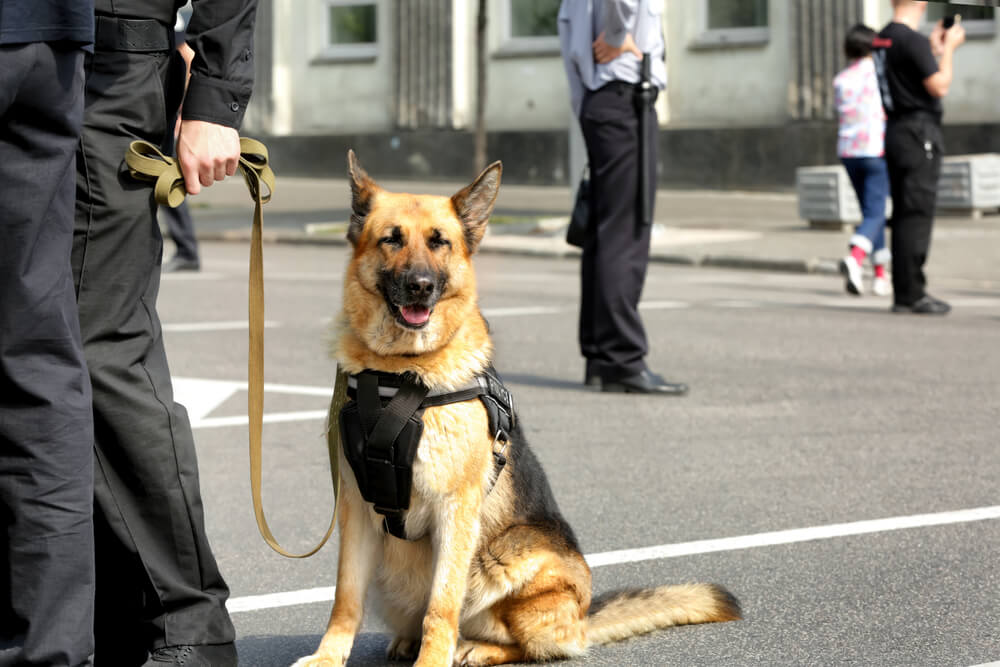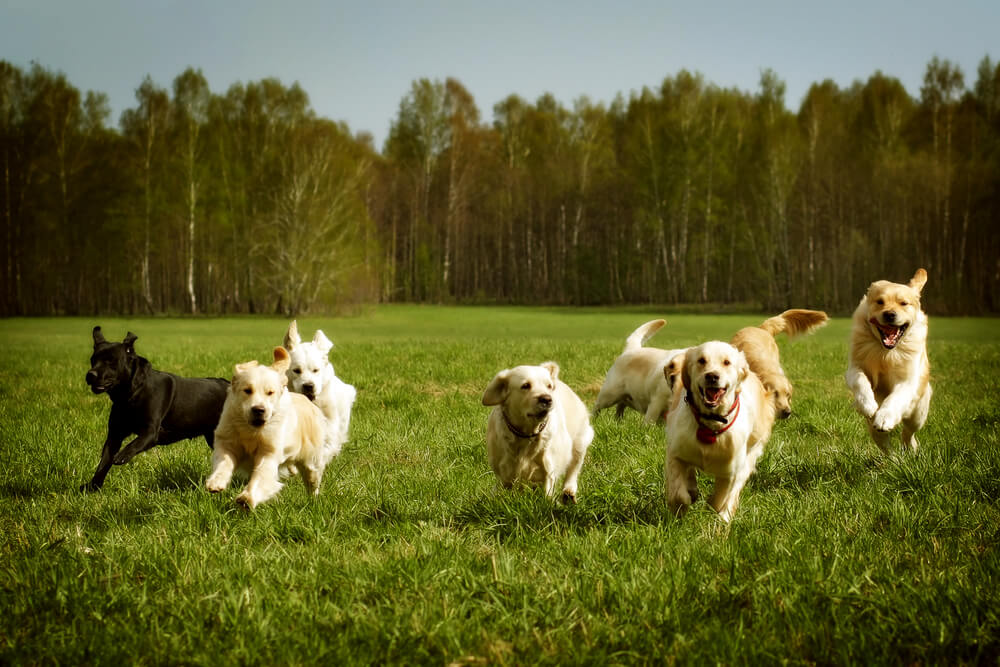Neighborhood Vets Mobile Care knows our wonderful canine companions are amazing, and we want to celebrate the contributions of “man’s best friend.” Read on to learn some facts about dogs’ amazing senses of hearing and smell, and how they help people.
#1: Dogs hear more than people can
A dog’s sense of hearing is four times as sensitive as ours. While a human family member can hear you on the other side of the room, the canine family member can hear you on the other side of the house. Veterinary scientists also estimate that dogs hear frequencies as high as 67,000 hertz, while people hear up to only 64,000 hertz. Have you ever noticed your dog perk up with a quizzical look on their face, and wonder what they heard? They likely heard a high-pitched sound that humans can’t hear. Dogs’ ear-flap anatomy, whether upright or hanging, also “funnels” them sound more efficiently.
#2: Dogs smell better than people do
On a muddy, rainy day, your dog may smell worse than you (!!!), but the canine sense of smell far outperforms people. Dogs’ sense of smell is at least 10,000 times stronger than ours. If a person can smell a cup of coffee, a dog could detect that odor dissolved into two Olympic-sized swimming pools. Smell detection in high-drive working dog breeds and mixes, such as German shepherd dogs, beagles, and Belgian Malinois is superior, but any breed can be trained to track scents if they are motivated. The Bloodhound’s sniffing accuracy makes their abilities admissible as evidence in a court of law. Canine sniffing prowess stems from their unique anatomy:
- Dog noses boast up to 300 million olfactory receptors, while human noses have 6 million.
- The portion of a dog’s brain that analyzes smell is 40 times larger than ours.
- Canine noses are designed to maximize analysis of a continuous flow of air.
- Dogs have an additional olfactory organ—the vomeronasal organ—that humans do not.
- Dogs know which nostril detected a scent, allowing them to better determine its location and direction.
These facts, combined with what can only be described as dogs’ devotion to people, make for some amazing canine assistance.
#3: Dogs help locate missing persons
Whether a person with dementia has wandered from home, or a child has been abducted by a predator, trained search-and-rescue (SAR) dogs are often called to duty. Many hours of grueling training by the dogs and the handlers go into honing these dog’s amazing abilities. Dogs are usually trained to “specialize” in finding either living persons or deceased persons, such as at disaster sites. Handlers present a trained dog with an article of clothing from the missing person, and the dog can detect that scent up to 1.5 miles away, including underwater. In another demonstration of the depth and strength of the human-animal bond, SAR dogs often show signs of depression if they cannot find a person or body, so handlers sometimes stage a successful search and rescue to help lift spirits.
#4: Dogs detect human health problems
A diabetic man’s Vizsla alerted a family member when his blood sugar was dangerously high. A family dog alerted the parent before their epileptic child had a seizure. A woman’s Husky detected her ovarian cancer before ultrasound imaging. Canine companions have long been noted to detect when their people are sick or sad. Visiting with a therapy dog can comfort people and lower their stress and blood pressure, because the patient senses that the dog “knows” to help them. Canine detection of the COVID virus made the news in the early stages of the pandemic.
These are a few of the many reports of dogs detecting human health problems, and science supports this canine ability. Many diseases, from Parkinson’s to depression, leave traces in people’s bodies and secretions. Cancer cells produce “odor signatures,” including in the earliest stages. With training, dogs can detect these odors in people’s skin, sweat, and breath, and may be able to detect some diseases, such as lung cancer, before any other test.
#5: Dogs detect illegal drugs and firearms
Stories abound of detection-trained dogs, whether police or military working dogs, detecting guns and drugs when people cannot. Police may pull someone over for speeding, for example, yet never know the driver is carrying a loaded unlicensed pistol, but for the police dog who insists on the “hit” with his body language. If illegal drugs, firearms, or an explosive device are suspected in a school, for example, trained detection dogs can save lives by searching every locker, without each one having to be unlocked and opened.
#6: Canine detection science helps the Department of Homeland Security

The College of Veterinary Medicine at Auburn University, recognized for its world-class canine detection research, has established the transdisciplinary Detection Canine Sciences, Innovation, Technology and Education program. Dogs play such as important role in national security and counter-terrorism that the U.S. Department of Homeland Security recently awarded the veterinary college and its canine detection program a $24 million research contract—the largest contract in the university’s history.
Call Neighborhood Vets Mobile Care if you have any questions or concerns that arise about canine detection abilities. Your dog is attuned to your wellbeing, but acting differently does not necessarily indicate a problem. Check in with us and your physician, to learn more about these amazing canine abilities.

